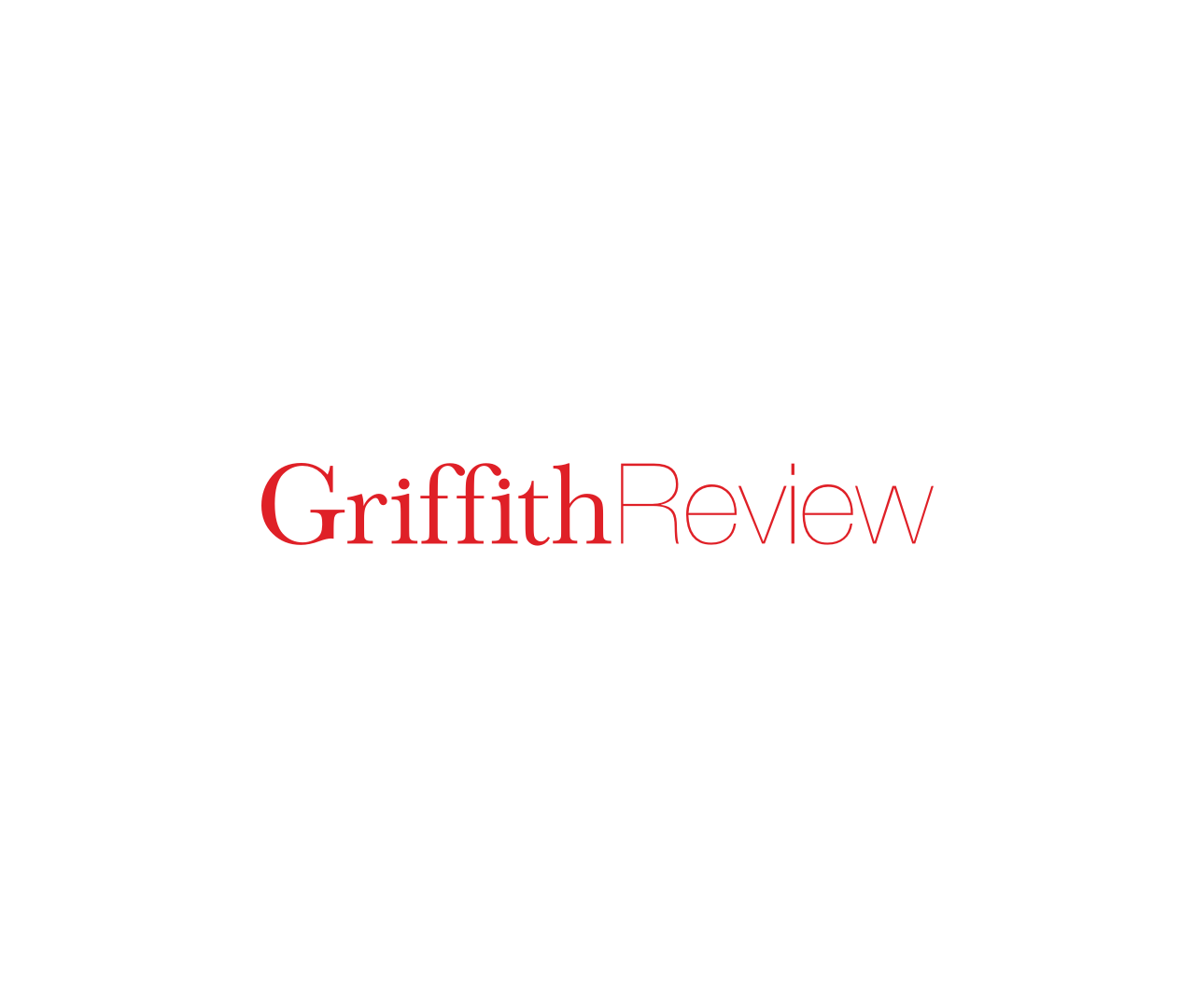Featured in

- Published 20250506
- ISBN: 978-1-923213-07-4
- Extent: 196 pp
- Paperback, ebook, PDF

Already a subscriber? Sign in here
If you are an educator or student wishing to access content for study purposes please contact us at griffithreview@griffith.edu.au
Share article
About the author

Isabella G Mead
Isabella G Mead’s debut poetry collection, The Infant Vine, was published in 2024 by UWAP. Her work has appeared in Meanjin, Island, Rabbit, Westerly,...
More from this edition

Trip Advisor review of a protest
Poetry Firstly, what’s with all the footwork? A downward slope would be an attribute. There’s enough gory fundamentalism without toe jam. On that note, can...

Resisting the ‘Content Mindset’
Non-fictionWhen we hear publishers, broadcasters or gallerists describing creative work as content, we know immediately that their approach is transactional. When we hear people describe their own work as content, they have already become complicit in their own exploitation. Social media profiles the world over feature bios identifying their owners as ‘content creators’: people who produce interchangeable matter to fill someone else’s space. Social media accounts are available free of charge on the basis that we will keep creating the work that feeds and evolves the algorithm, provides a culturally authentic context for ad placement and keeps us all scrolling – our number-one self-selected addictive behaviour.

A freer state of being
Non-fictionToday, we live in a time in which self-worth and value are often signified by a numerical figure – how many followers we have, how many likes we receive, what level of traction our posts incite. We live in a time in which this numerical figure equates to social capital, with digital ‘celebrities’ gaining varying levels of access to places and perks on the basis of their following. We live in a time in which the aesthetics and metrics of this burgeoning digital realm pervade and influence not only the way we live our lives but what we perceive to be reality. We understand ourselves and the world around us through the cultural codes, signs and symbols we consume. We depend upon and wield such cultural codes, signs and symbols to inhabit narratives in which we wish to belong, fashioning them like an armour that tells the world who we are. Appearances are everything.
But hyperreality is an unstable landscape. When our cultural codes, signs and symbols give way, so too do our carefully curated identities, which inevitably implode.